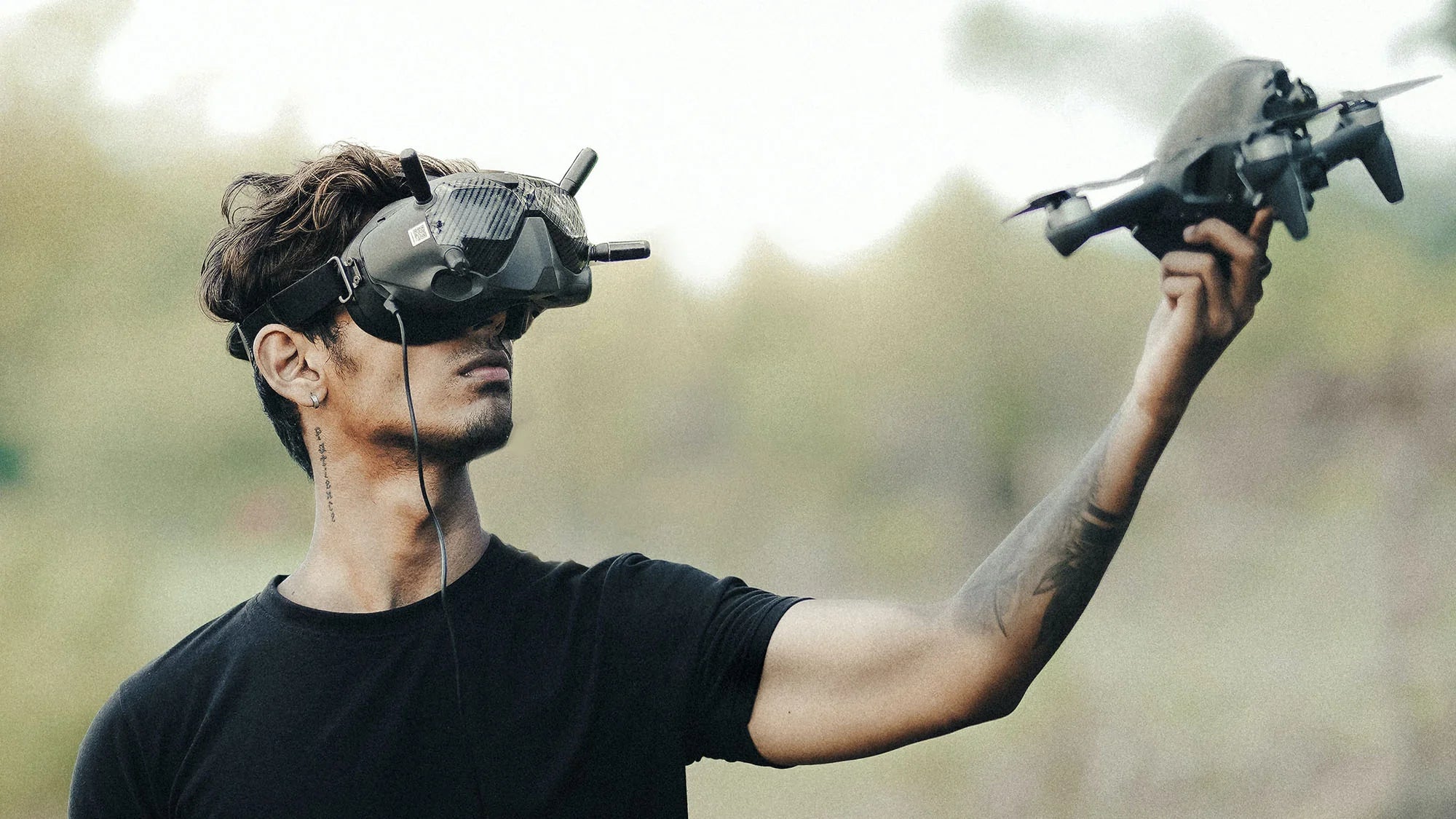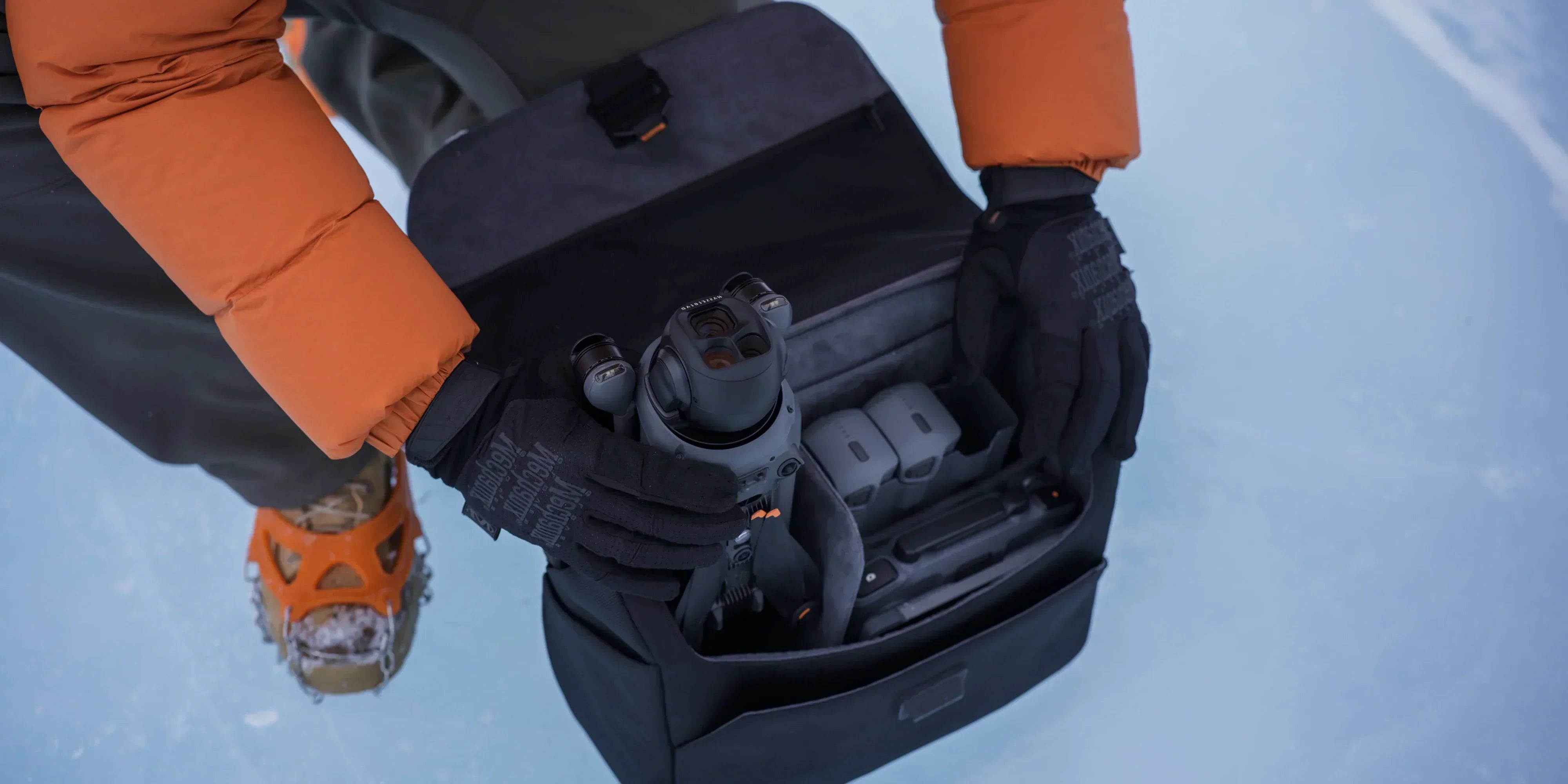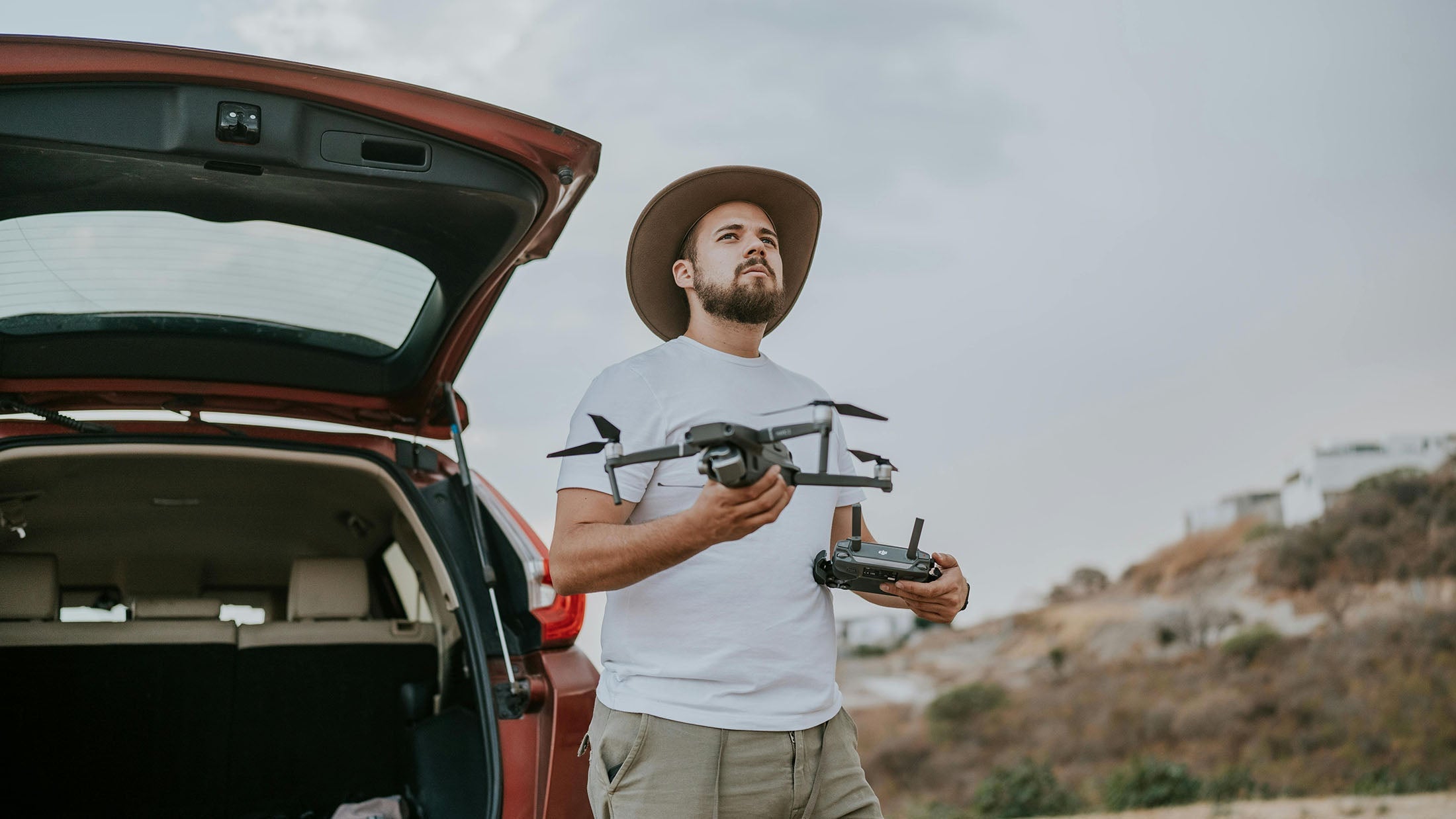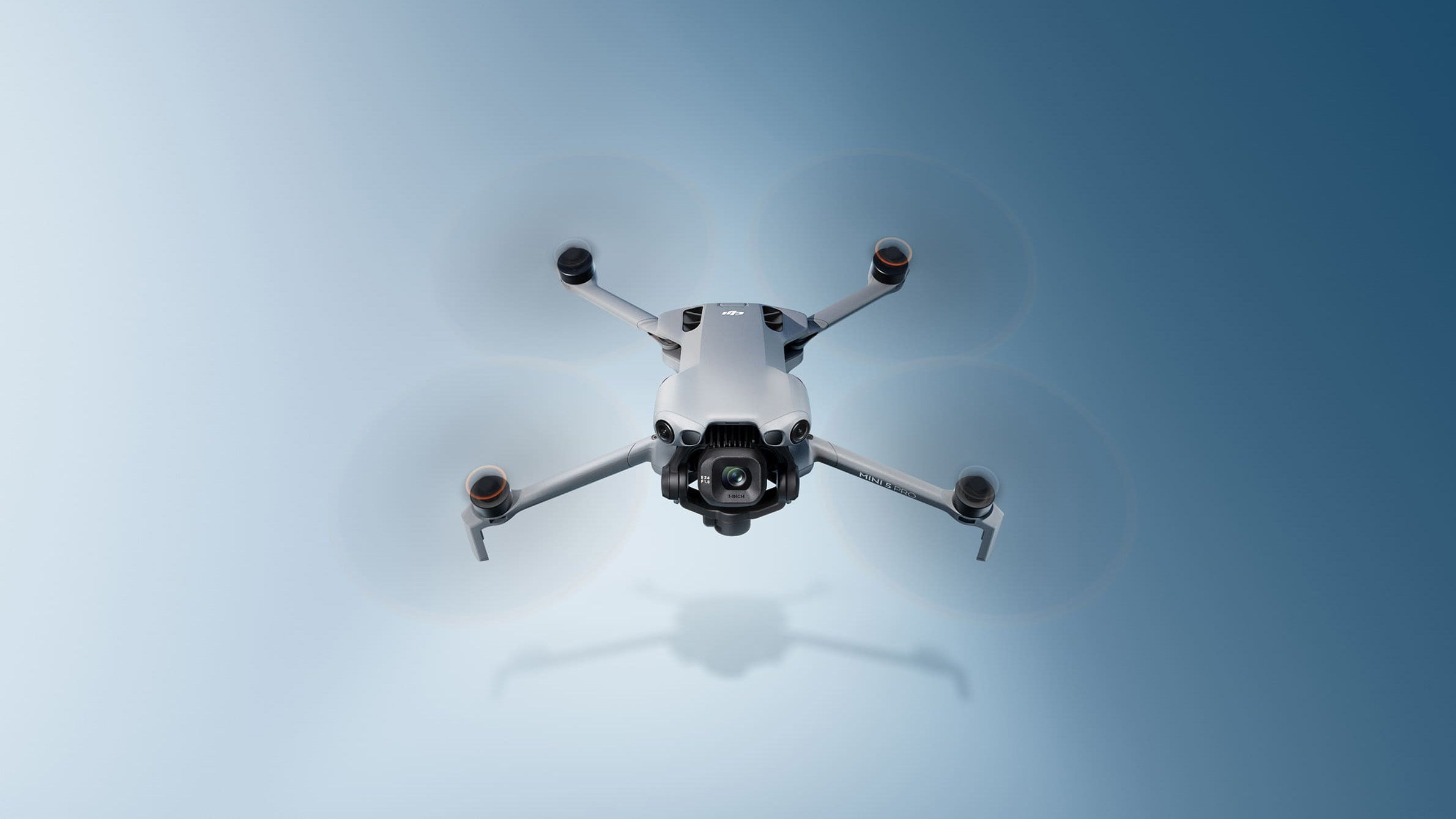Since 31 December 2020, the same rules for flying drones have applied across the European Union. These rules have brought us much: the EU Drone Licence that allows you to fly legally in all EU countries, Switzerland, Norway and Iceland.
At the end of 2023, we will say goodbye to temporary EU legislation. The 'transitional regime' will end. This has implications for you as a drone pilot.
Technical requirements
Under EU legislation, (new, manufacturer-produced) drones must meet technical requirements, through a Cx label. However, there was a problem: these requirements had not been established at all when the EU legislation was introduced in 2020.
Regardless, the Cx labels were already communicated. DJI's first aircraft with such a label appeared in 2022. You can see an example below:

Thanks to the transitional regime, we could just keep flying drones without worrying about whether they had a Cx label on them. Meanwhile, the requirements have been established. We also see manufacturers equipping aircraft (retroactively or not) with such a mandatory label.
Continuing to fly drones without a Cx label
Although the transitional regime ends, you can continue to fly drones without a Cx label. The table below shows the rules from 1 January 2024.
| Drones without Cx label | Until the end of 2023 | From 1 January 2024 |
| < 250 grams | Subcategory A1 | Subcategory A1 |
| 250 - 500 grams | Subcategory A1 | Subcategory A3 |
| 500 grams - 2 kilo | Subcategory A2 | Subcategory A3 |
| 2 - 25 kilo | Subcategory A3 | Subcategory A3 |
With self-built drones, you fly from 250 grams in subcategory A3.
Flying with Cx-label drones
Thanks to Cx labels, it becomes clearer more quickly where you are flying and what you need in terms of certificates.
| Cx label | Subcategory | Certificate |
| C0 | A1 | A1-A3 recommended |
| C1 | A1 | A1-A3 |
| C2 | A2 | A2 |
| C3 | A3 | A1-A3 |
| C4 | A3 | A1-A3 |
| C5 | Specific category | STS |
| C6 | Specific category | STS |
In the case of the C2 label, we note the following further: You may also fly a C2 label aircraft in subcategory A3. However, to fly a C2 label aircraft, you always need the additional A2 certificate.
Remote ID requirement
From 1 January 2024, a new requirement will come into force: Remote ID.
This obligation doesn not apply to legacy drones and C0 label aircraft. With legacy drones from 250, you are flying in subcategory A3 (with a minimum distance of 150 metres to residential zones).
Remote ID is a system that allows drones to transmit identification and location information. This information can be received by air traffic, authorities and anyone with the right equipment, e.g. a specialised receiver.
Doesn't your aircraft have a Cx label in the open category?
You can continue to fly without Remote ID.
Does your aircraft have a Cx label?
Aircraft with a C1 to C6 label meet the Remote ID requirement by default. Aircraft with a C0 label are excluded from this requirement.
Does your drone not have a Cx label in the specific category?
The appliance must meet the Remote ID requirement. You will need to purchase a Remote ID module or have the aircraft upgraded to a Cx label via the manufacturer. If you fly in (future) U-Space, the Remote ID requirement applies from 250 grams.





Share:
Winner Photo contest
Drone rules in 2024